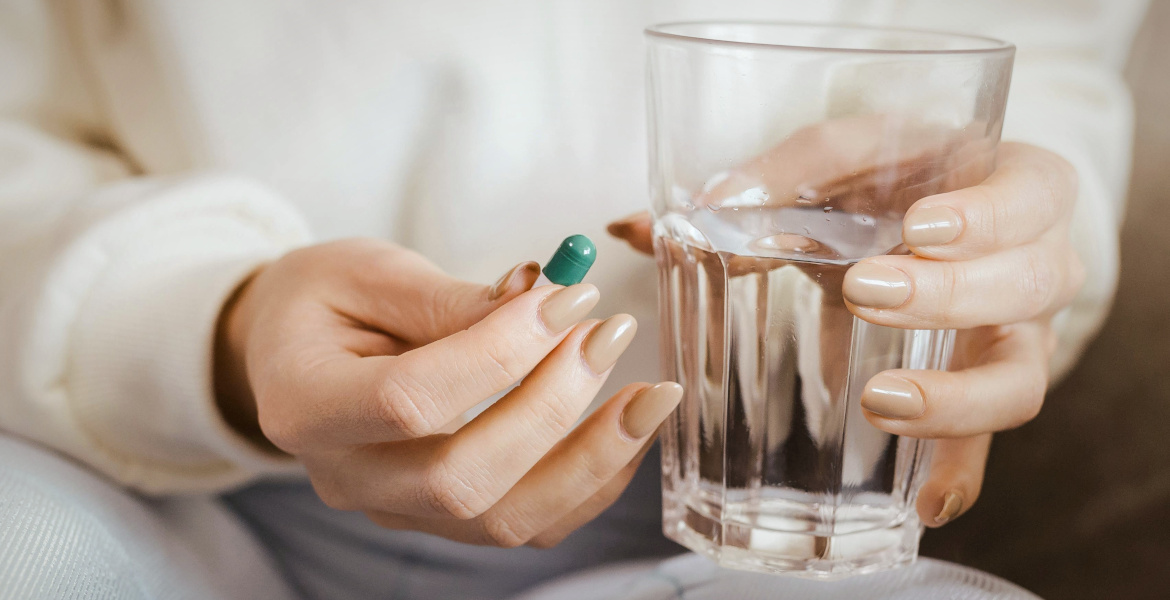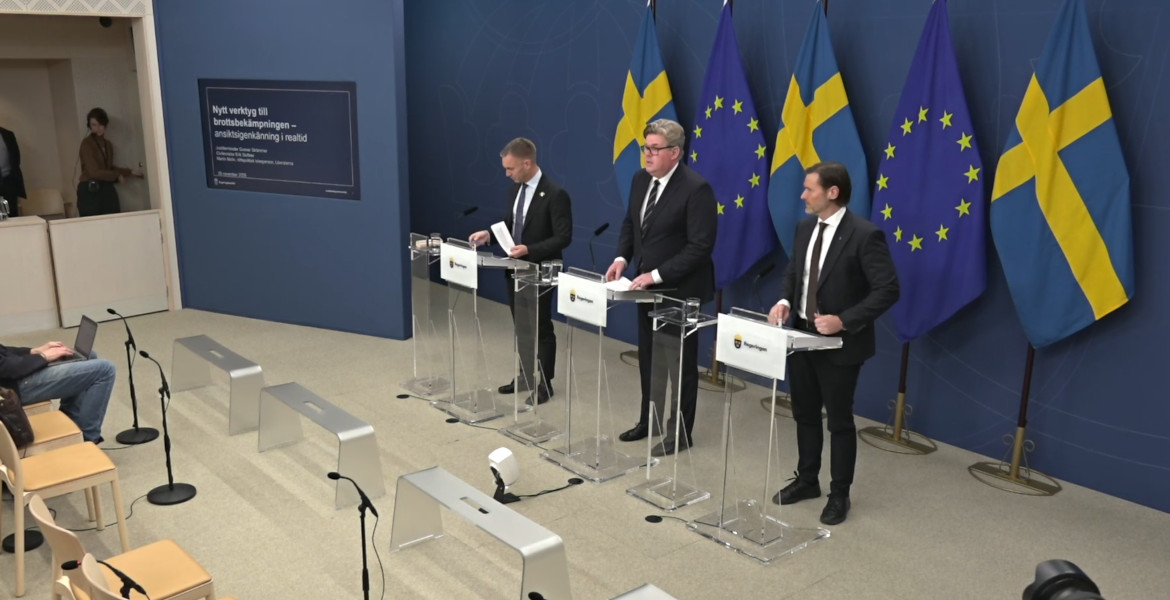Over the past decade, the number of calls to the Swedish Poisons Information Center (Giftinformationscentralen) about young people deliberately poisoning themselves has almost tripled – and the most commonly used drug in suicide attempts is the painkiller paracetamol.
– Paracetamol is by far the most commonly used drug in suicide and self-harm, confirms Shahabeh Shokrolahi, a call-taker at the Swedish Poisons Information Center.
It's not that paracetamol is necessarily more toxic than many other medicines – it's that it's something that most families have in their homes, and it's often kept in an easily accessible place.
– It is not paracetamol that is the problem, but the well-being of young people. If it hadn't been paracetamol, it would surely have been something else, she argues in the state television SVT.
It should be noted that there has long been an awareness that Alvedon, Panodil and the like have often been used in suicide attempts and that several changes have therefore been introduced to make it more difficult for minors to obtain the drugs.
For example, the sale of paracetamol tablets in supermarkets was banned and young people were only allowed to buy one pack at a time – yet poisonings have only increased.
"Could have been worse"
– If we hadn't taken these measures, it could have been worse. We don't know and we'll never know, but it could have been that there would have been even more calls, speculates Shokrolahi.
Last year, the Swedish Poisons Information Center received almost 7,000 calls about self-harm and suicide attempts – compared to 2,500 ten years earlier.
There is no clear answer as to why more and more young people are choosing to harm themselves in this way – but it is noted that nine out of ten people surveyed keep painkillers in unlocked and easily accessible areas.
– Even if you don't suspect that your teenager would resort to drugs in a crisis situation, your teenager's friends or relatives might. That's why it's important that all medicines are locked up and the home is teen-proofed, concludes Shokrolahi.





